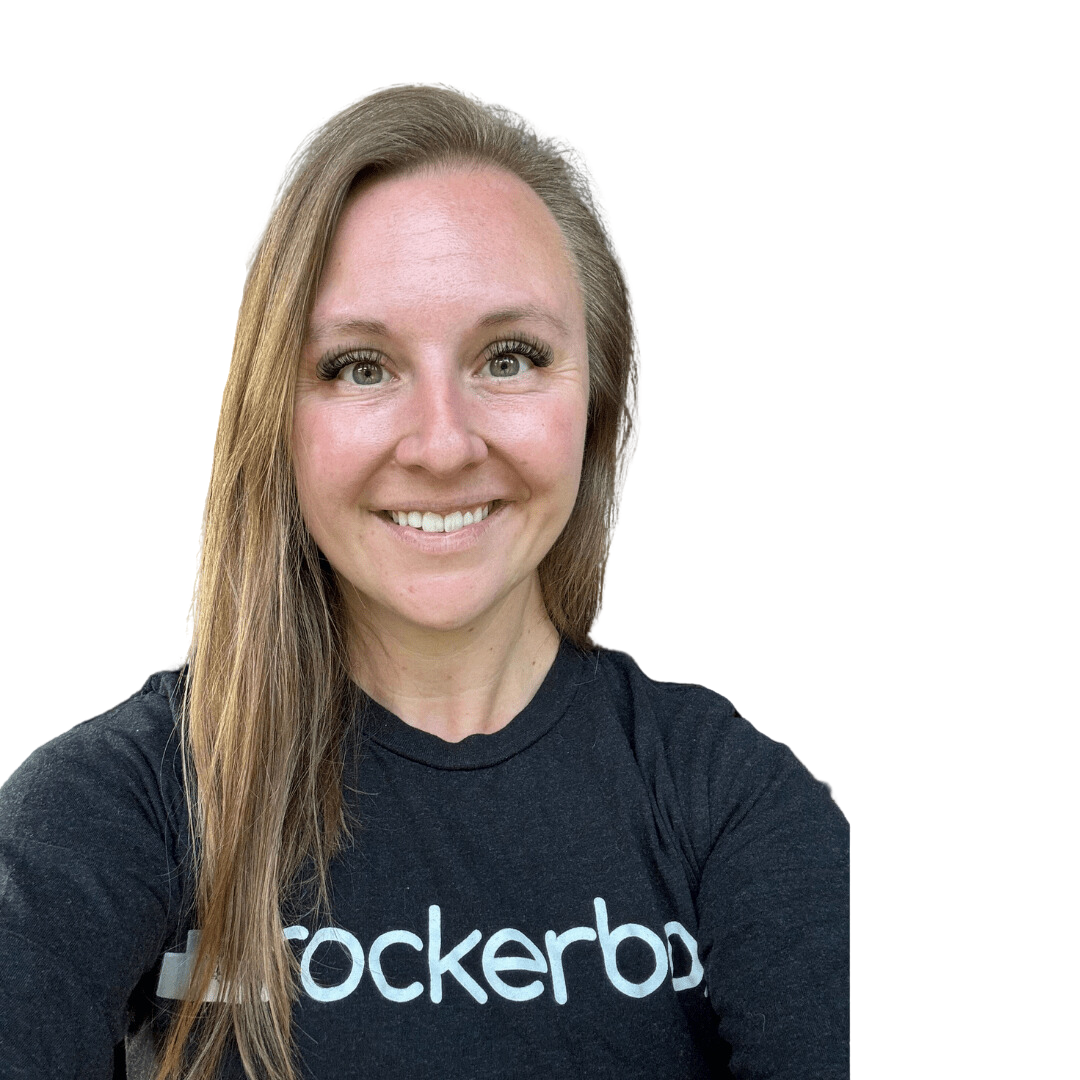
Fairing Attribution Academy
Welcome to the premiere destination for all things DTC attribution. Over 3 chapters, expect lessons on measurement, metrics and more from industry experts and practitioners.
Featuring lessons from our partners and customers










CHAPTER ONE
Attribution Basics
What is the latest in marketing attribution? What data sources should I rely on? What models should I use? Our attribution experts share everything you needed to know to get started.

Matt Bahr
Co-founder
The State of Marketing Attribution
With years of experience under his belt, Matt is a leader in the eCommerce space. He co-founded Fairing in 2020, a marketing analytics and attribution solution used by over 2,000 Shopify Plus brands.
UNREAD

Mohammad Ashraf
Engagement Lead
Introduction to Attribution Modeling
Saras Analytics builds bespoke data solutions for eCommerce brands. Their products Daton and Pulse enable brands to build a single source of truth for marketing, operations and finance teams across DTC, Amazon, and retail channels.
UNREAD

Ki-Hoon Chung
Department Lead, Integrated Media
The Last Click Flu | Beyond the Final Click
WITHIN is the world’s first performance branding company. They leverage brand’s unique value proposition to create integrated media and personalized content solutions designed to maximize growth.
UNREAD
CHAPTER TWO
Choosing Your Attribution Model
MTAs, MMMs, ETL and PPS. In the alphabet soup of attribution—what should your brand be choosing?

Ben Zitney
Senior Product Manager
Choosing the Right Attribution Model for Your eCommerce Brand
With a background in data visualization and analytics, Ben is responsible for the platform trusted by leading eCommerce brands like Vuori and Brooklinen use to transform data chaos into clarity.
UNREAD

Mohammad Ashraf
Engagement Lead
Essential Requirements for Constructing an Attribution Model
Saras Analytics builds bespoke data solutions for eCommerce brands. Their products Daton and Pulse enable brands to build a single source of truth for marketing, operations and finance teams across DTC, Amazon, and retail channels.
UNREAD

Michael Kaminsky
Founder
Introduction to Media Mix Modeling
Michael and the team at Recast are on a mission to rid the world of wasted marketing spend. Before founding Recast, Michael was Director of Analytics at Harry’s.
UNREAD

Ashley McAlpin
Head of Marketing
Triangulation in Marketing Measurement: A Better Approach To Attribution
Ashley has spent the past 15 years building and leading marketing teams and GTM strategy. Over the past 3 years, she's been working with Rockerbox to help brands better understand their marketing performance and overall approach to marketing measurement.
UNREAD

Frank Yang
Founder & CEO
How to Measure Incrementality and Optimize for it
WorkMagic's Incrementality Based Attribution makes it simple for brands to measure and optimize for incrementality in real-time. Before WorkMagic, Frank was the Head of Growth for TikTok Ads.
UNREAD
CHAPTER THREE
Channel-surfing: Finding the Right Avenues of Growth
New channels pop up all the time, while others see a resurgence due to the ever-changing privacy and compliance landscape. Our attribution experts help you cut through the confusion and identify what's truly working. Advertising experts from Social, Influencers, Podcasts, TV, and more weigh in.


Adam McNeil
VP of Marketing
Podcast Attribution 101
Formerly the VP of Marketing at Füm, Adam now helps DTC brands scale through podcast advertising. On the side, he runs Canada’s biggest Kendama competition.
UNREAD

Amelia Coomber
Head of Growth
The Rise of Pixel-Based Attribution in Podcast Advertising
After starting her career as a computer scientist, Amelia found her path as a data-driven growth marketer. She now helps brands measure podcasting ROAS with Podscribe.
UNREAD

Areen Mayelan
VP of Media
The Beginners Guide to Paid Media Attribution for DTC Brands
Areen is a seasoned growth strategist with over 10 years of experienced in paid media and performance growth marketing. His specialties include eCommerce and lead generation, and is a proven market leader.
UNREAD


Michael Epstein
Co-CEO of PostPilot
From Postcards to Purchases: Direct Mail Attribution
From CMO, to PE/VC operating partner, to now Founder and Co-CEO of PostPilot, Michael’s experience in eCommerce is second to none. He’s led growth and turnarounds for over a dozen 8 & 9-figure DTC brands.
UNREAD

Greg Schwartz
Founder
The Halo Effect: TV’s Incremental Impact on All Channels, and How to Measure It
Greg has a plethora of experience under his belt, and is currently helping several consumer brands launch and scale through TV advertising. He’s the founder of Household, a boutique TV consultancy.
UNREAD

Eric Smith
SVP of Growth
Unlocking the Power of Package Inserts with Fairing's Attribution Technology
Explore Incremental Media's comprehensive guide on package inserts. With over 18 years of experience, Incremental Media excels at selecting the perfect insert programs to reach any audience. Their innovative approach, coupled with Fairing, ensures measurable sales and insightful data. Discover how they navigate the entire package insert landscape, from program selection to overcoming attribution challenges, in this essential marketing resource.
UNREAD

Aditya Bagri
WITHIN
Untangling the Web: The Essential Guide to Influencer Marketing vs. User-Generated Content
Discover the key differences and synergies between influencer marketing and user-generated content (UGC) in WITHIN’s guide. Learn how each strategy can enhance your brand’s visibility and engagement, and understand the best practices for integrating them into your marketing efforts. Gain expert insights on executing successful campaigns and effectively measuring their impact through various attribution methodologies.
UNREAD
Ready to know
your customers better?

